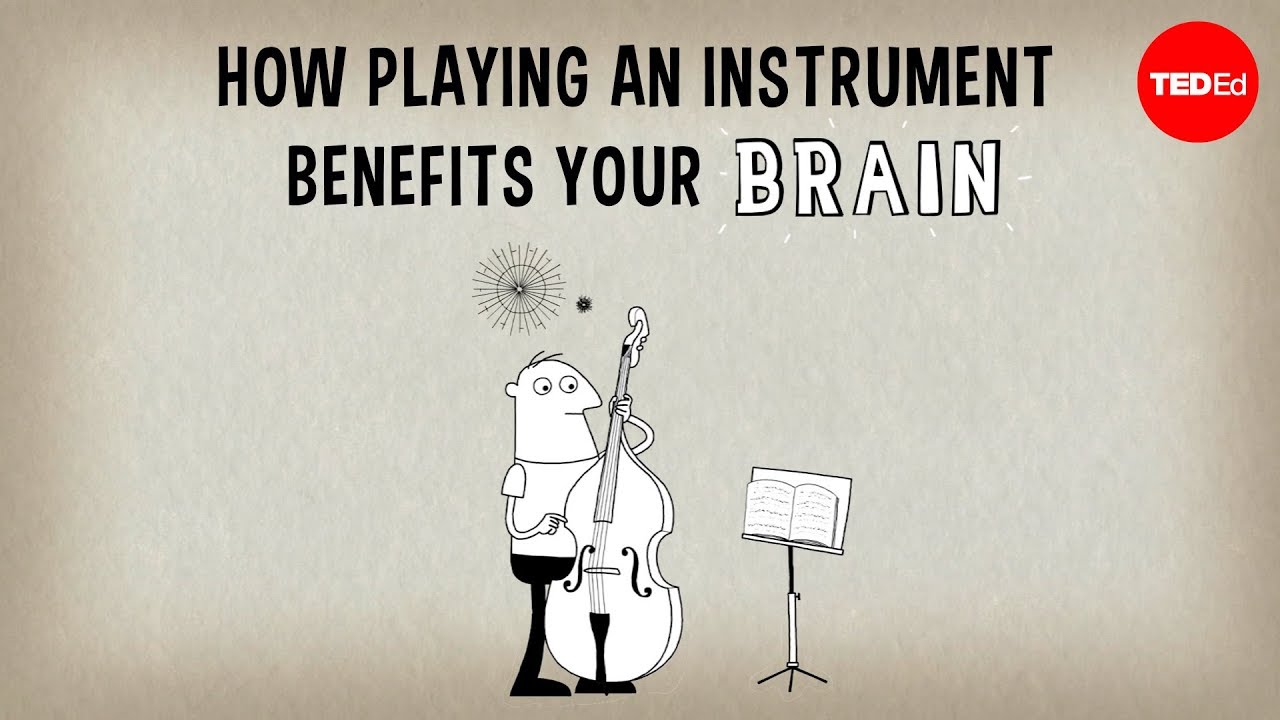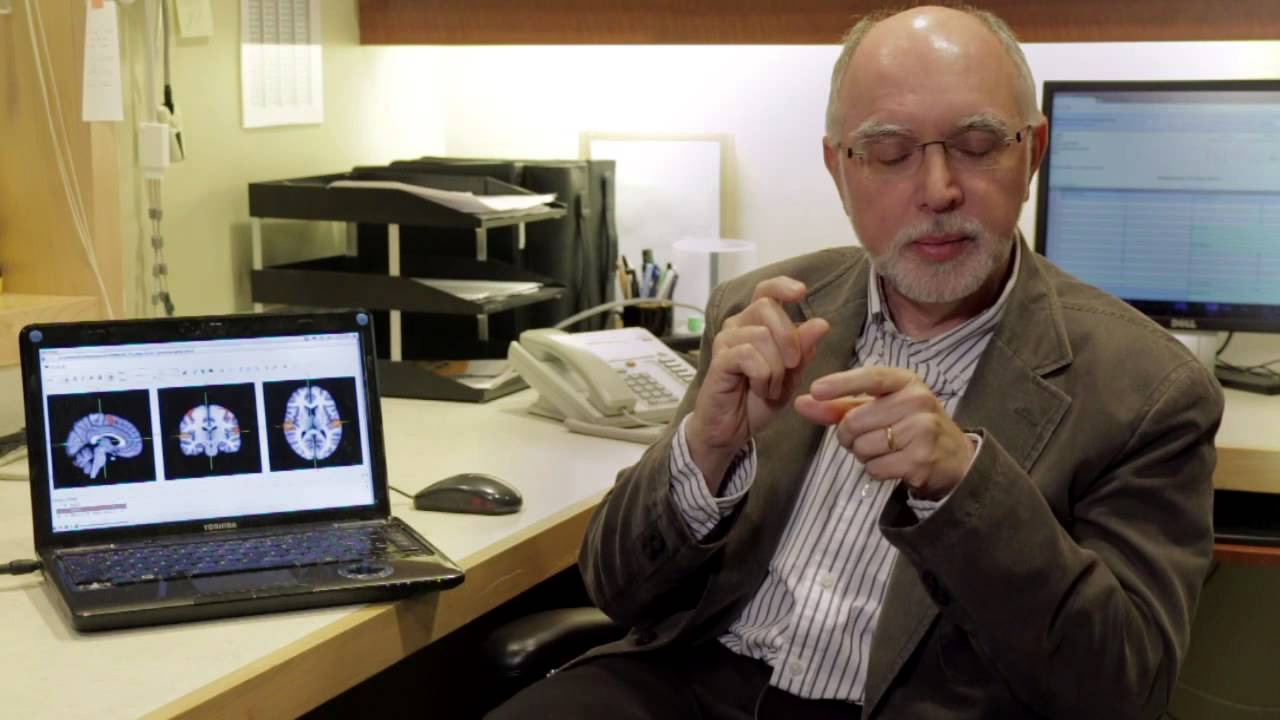How playing music helps the brain
- Home
- How playing music helps the brain
Music can enrich the lives of players and their audience. It provides a creative outlet that can relax, motivate and excite those around, however it can do much more than that. Learning to play an instrument can have major effects on the function and structure of the brain. Let us briefly explore such changes, by reviewing the existing literature on this topic to support our claims. We will also be looking at the effects that music has on both children and adults showing the benefits that playing music has across all stages of life.
Certain brain structures can develop differently in players when compared to non-players. Musicians, both professional and amateur, have been found to have much higher levels of grey matter in the motor, auditory and visual areas of the brain than non-musicians (Gaser & Schlaug, 2003). Grey matter refers to the “branches” of the cells in the brain that reach out and make connections with other cells. Simply put; musicians make more connections in these areas than other people. A study by Schlaug and colleagues in the mid-90’s found that classical string players had a larger corpus callosum than non-players. The corpus callosum is a structure in the brain that allows communication between the two hemispheres of the brain (left and right), which makes sense as playing instruments such as the violin, cello etc. involve dexterity of both hands along with advanced coordination and also an emotional connection to the music. The increased size of the corpus callosum also allows musicians to be better at problem solving due to an increased ability to communicate messages between all parts of their brains.
String players need to carry out many complex skills while playing. This includes reading musical notation and translating this into motor movements and monitoring feed back via the ears to fine tune a performance. Playing a string instrument the development of precise fine-motor skills particularly in the nondominant hand.
Insights gained from neuroscience suggest that musical training fosters plasticity in the brain. Brain plasticity is the remarkable capacity of the brain to alter its own structure and function in response to changes in the environment or within the body. Research into musical training has shown that plasticity is seen also in areas apart from those that control primary functions needed for playing. An increase in brain plasticity indicates that training in music can be an educational tool and could also treat some learning disabilites in children and also helps adults with neurological conditions.
Functional benefits of playing extend well beyond that of ability and skill of playing. It extends to life in general from children to older adults. There is some evidence to support the idea that learning to play music is related to higher academic achievement and self-concept in children (Fitzpatrick, 2006; Dege et al. 2014). Research with children has shown a link between reading ability and pitch perception (Anvari 2002). Musical training has also been shown to predict increased verbal recall (Jakobson et al., 2003)(Butzlaff, 2000). In adults, a fairly recent study from the University of Kansas found a relationship between hight musical activity throughout the lifespan and the retention of cognitive ability in advanced age.
There are many benefits associated with playing an instrument, especially a violin or any other kind of string instrument. Hopefully this has shown that playing the violin is only a tool for expression, but also a key to transforming your life, no matter what level you are interested in reaching.


References: Anvari, S.H., Trainor, L.J., Woodside, J., Levy, B.A., (2002) Relations among musical skills, phonological processing, and early reading ability in preschool children. J. Exp. Child Psychol. 83 (2), 111–130. Baader, A. P., Kazennikov, O., & Wisendanger, M. (2005). Coordination of bowing and fingering in violin playing. Cognitive Brain Research, 23, 436-443. Dege, F., Wehrum, S., Stark, R., & Schwarzer, G. (2014). Music lessons and academic self-concept in 12- to 14-year-old children. Musicae Scientiae, 18(2). 203-215. Fitzpatrick, K. R. (2006). The effect of instrumental music participation and socioeconomic status on ohio fourth-, sixth-, and ninth-grade proficiency test performance. Journal of Research in Music Education, 54(1). 73-84. Gaser, C. & Schlaug, G. (2003). Brain structures differ between musicians and non-musicians. The Journal of Neuroscience, 23(27), 9240-9245. Schlaug, G., Janke, L., Huang, Y., Staiger, J. F., & Steinmetz. H. (1995). Increased corpus callosum size in musicians. Neuropsychologia, 33(8), 1047-1055. Hanna-Pladdey, B., & MacKay, A. (2011). The relation between instrumental musical activity and cognitive aging. Neuropsychology, 25(3), 378-386. doi: 10.1037/a0021895. Hyde KL1, Lerch J, Norton A, Forgeard M, Winner E, Evans AC, Schlaug G.(2009)The effects of musical training on structural brain development: a longitudinal study.Ann N Y Acad Sci. 2009 Jul;1169:182-6. Jakobson L. S., Cuddy L. L., Kilgour A. R. Time tagging: A key to musician’s superior memory. Music Perception. 2003;20:307–313. Lotze, M., Scheler, G., Tan, H.-R.M., Braun, C., & Birbaumer, N. (2003). The musician’s brain: functional imaging of amateurs and professionals during performance and imagery. NeuroImage, 1817-1829.
